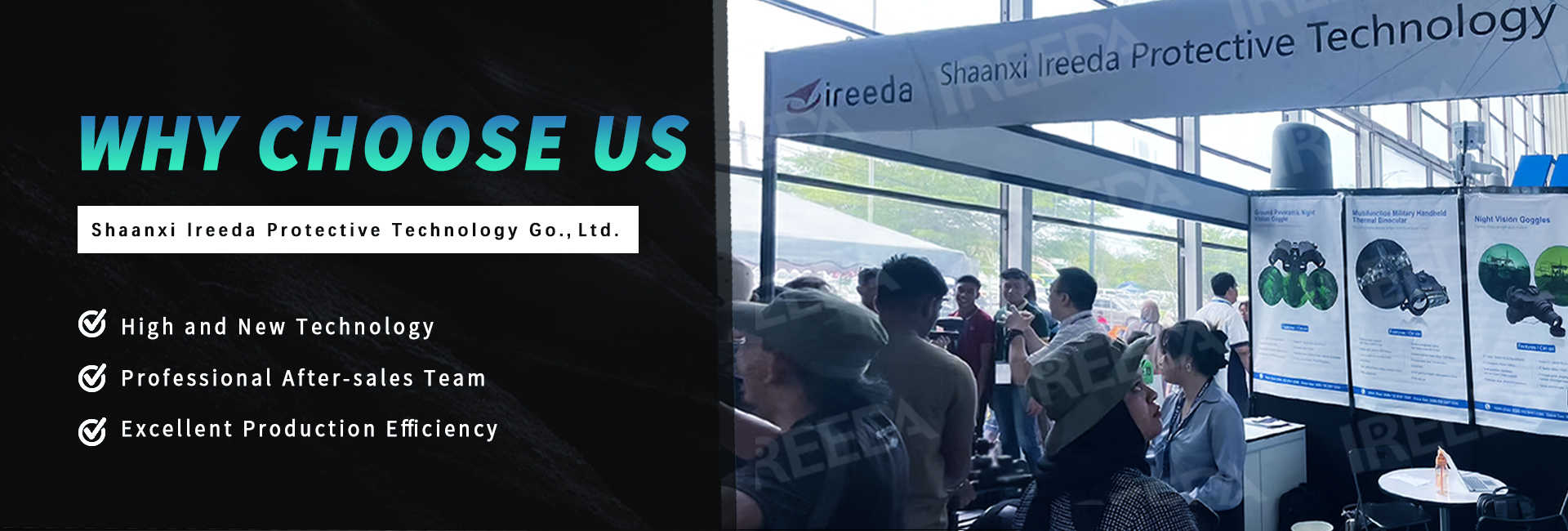The principle and use of low-light night vision device
Contact Engineer manager
Email: melin@ireeda.com
Engineer Manager Name: Victor
Email: info@ireeda.com
Low-light night vision device refers to the use of weak moonlight, starlight, atmospheric glow, galaxy light and other natural night sky lights at night as lighting, and the weak photons reflected by the target are amplified and converted into visible images with the help of light intensifiers. Instrument for night observation. The important part of the low-light night vision device is the light image intensifier.
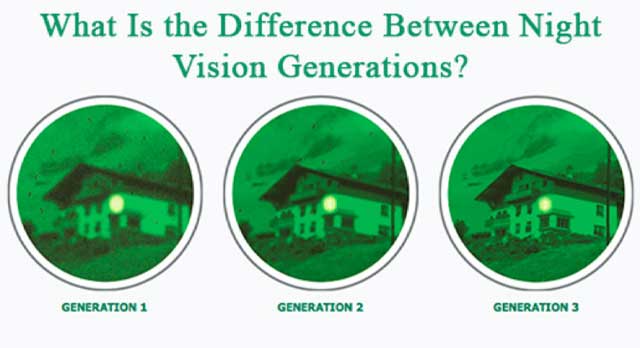
What is low-light night vision
Low-light night vision device is at night or under extremely low illumination (10^-1~10^-5Lx), using weak moonlight, starlight, atmospheric glow and other light to transform into an image that can be clearly observed by the human eye after magnification. A high-tech instrument for observing targets at night. Compared with other night vision devices, low-light night vision devices have the advantages of small size, light weight, high reliability and low cost. The use effect is not good, and the infrared thermal imager can be used for observation at this time.
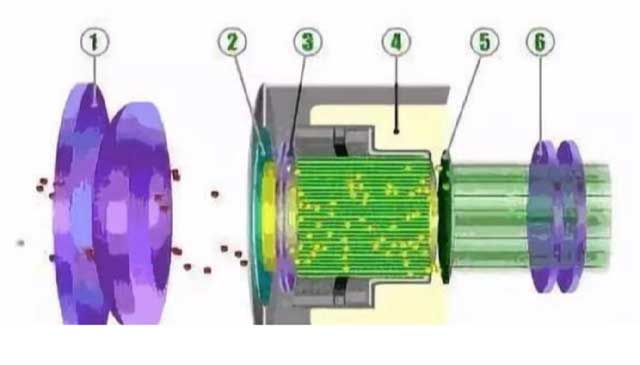
The principle of low-light night vision device
The low-light night vision device adopts a passive working method without artificial lighting, and uses image enhancement technology to amplify the weak night sky light (stars, moon, atmospheric glow, etc.) reflected by the target to a brightness level suitable for human eye observation. It is mainly composed of objective lens, image intensifier, eyepiece and power supply. Its core component is the image intensifier, which is composed of photocathode, electronic optical system, gain mechanism, and fluorescent screen.
The objective lens focuses the light from the target on the photocathode of the image intensifier, the charged cathode converts the optical image into an electronic image, the electron gain mechanism is used to increase the energy and number of electrons, and the electron optical system focuses the enhanced electronic image on the phosphor screen , under the bombardment of high-energy electrons, the fluorescent screen is illuminated, and the enhanced optical image can be seen in the eyepiece. The function of the image intensifier is to complete the secondary photoelectric conversion, mainly to enhance the weak input image by tens of thousands of times. Even hundreds of thousands of times, making it a target image that is easy for the human eye to distinguish.
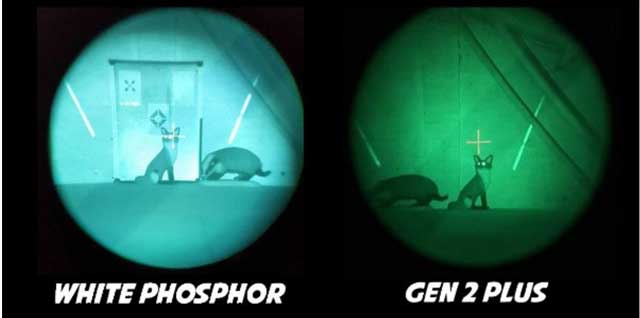
Safe use of low-light night vision devices
The low-light night vision device images the distant objects and scenes illuminated by starlight or moonlight on the input surface of the low-light image intensifier through the low-light objective lens, and then enhances the image signal by 10,000 to 100,000 times. The output surface of the device forms a fluorescent screen image for the human eye to observe, and the light intensity of the low-light night vision device must be strictly controlled within 0.001 lux to 1 lux. At the same time, it is also necessary to avoid long-term (more than 2 minutes) staring at distant street lights, luminous billboards, moon and close car tail lights and LED signal lights when using low-light night vision devices at night The input surface of the light image intensifier (photocathode surface) is equivalent to the retina of the human eye, which is extremely sensitive and can easily cause irreversible damage.
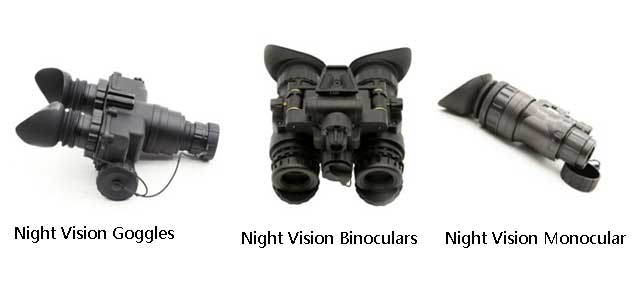
The low-light night vision device has undergone many generations of development, among which the diyi generation is a three-stage cascade low-light night vision device (composed of three 0-generation photocells in series), the second generation is a microchannel plate type low-light night vision device, and the third generation is a micro-channel plate type low-light night vision device. Substitute for Ⅲ-V group negative electron affinity photocathode image intensifier low-light night vision device. In the transition from the second generation to the third generation, a super second-generation photocell was developed, called the second-generation plus, whose technical performance is second only to the third-generation product. If the low-light night vision device is subdivided, it includes 0 generation, 1 generation, 2 generation, 2 generation plus, 3 generation, a total of 5 grades.
With the development of low-light night vision devices today, the technology has been relatively mature, the imaging quality is good, and it is widely used in the field of military and police.
Protection measures for low-light night vision devices
In terms of design, low-light night vision devices will use physical methods or photoelectric control methods to avoid low-light image intensifiers from burning out. These are passive protection methods.
The physical method is to design a light-passing hole (ie a pinhole) with a diameter of 1mm on the hood. In a room with lighting during the day or night, the light energy entering the low-light night vision device through the pinhole is sufficient to meet its normal working conditions. In addition, the pinhole is also to meet the needs of checking the working state of the low-light night vision device before combat. Never open the hood and turn on the power supply in a room with lighting during the day or night, so that the low-light night vision device is in a strong light working state, otherwise, the image intensifier of the low-light night vision device will be burned.
The photoelectric control method is to install a photoelectric sensor in the direct viewing direction of the low-light night vision device. When the total average amount of the external light intensity is greater than 1 lux, the working circuit of the low-light night vision device will automatically close. However, this method also has defects. For example, the total average light intensity of the long-distance point light source and the surface light source is less than 1 lux, which will not trigger the photoelectric sensor to turn off the working circuit of the low-light night vision device, and looking directly at this light source will cause low-light Partial burnout of the night vision image intensifier.
The above methods cannot completely and completely play an effective protective role in actual use and operation. Only by being fully familiar with and understanding the correct use of low-light night vision devices, mastering the relevant knowledge, and adopting human-active protection methods can Z fundamental solution.
Contact Engineer manager
Email: melin@ireeda.com
Engineer Manager Name: Victor
Email: info@ireeda.com
